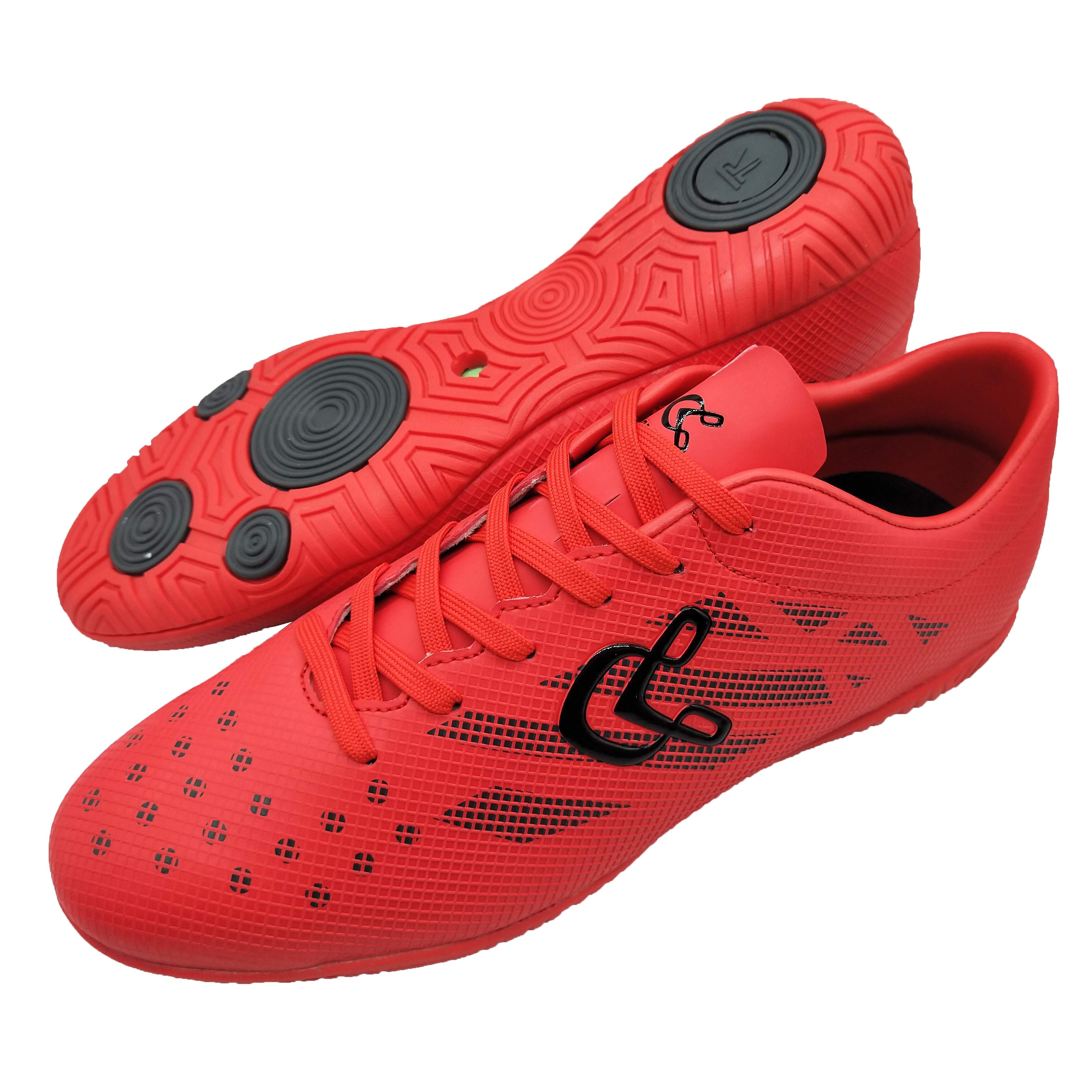Synthetic vs. Leather Football Shoes: The Ultimate Comparison
July 25,2023
Football shoes are an essential aspect of a player's performance on the field. With various options available, the debate between synthetic and leather football shoes has been ongoing. In this blog post, we will compare the two types of materials, examining their pros and cons, to determine which is better, ultimately helping football players make an informed decision.
1. Synthetic Football Shoes
Synthetic football shoes have gained popularity in recent years. Made from materials such as nylon and polyurethane, synthetic shoes offer several advantages. Firstly, they are usually lighter in weight, enabling players to move swiftly and improve their speed. Additionally, synthetic shoes often provide a more responsive and precise touch on the ball, making them favorable for dribbling and shooting. Moreover, synthetic materials are generally more durable and resistant to environmental conditions, such as rain and mud, ensuring consistent performance across different playing surfaces. Lastly, synthetic shoes tend to have a more affordable price point, making them accessible to players on a budget.
2. Leather Football Shoes
Leather football shoes have been a classic choice among players for decades. The natural material offers several benefits that make it a preferred option for many. Firstly, leather shoes gradually mold to the shape of the player's feet, providing a personalized fit, comfort, and exceptional ball control. The material's natural flexibility allows for better foot movement, reducing the risk of blisters and discomfort. Leather shoes also offer excellent breathability, preventing excessive sweating and odor buildup. Additionally, leather has a unique aesthetic appeal that appeals to players looking for a timeless and stylish design. However, it's important to note that leather shoes may require extra care and maintenance to ensure longevity.
3. Factors to Consider
When deciding between synthetic and leather football shoes, several factors should be taken into consideration. Firstly, playing surface and weather conditions play a crucial role in determining the suitable material. Synthetic shoes tend to perform better on firm surfaces, while leather shoes are more adaptable to different situations, including wet or muddy fields.
Secondly, player position and playing style should also be considered. Speed-oriented players may benefit from the lightweight and responsive nature of synthetic shoes, whereas those focusing on control and precision may prefer the personalized fit and touch of leather shoes. Additionally, budgetary constraints and personal preferences are also important factors in the decision-making process.

Conclusion
The debate between synthetic and leather football shoes ultimately comes down to personal preference and specific playing conditions. Synthetic shoes offer durability, affordability, and responsiveness, making them suitable for speed-oriented players and various playing surfaces. On the other hand, leather shoes provide a personalized fit, exceptional ball control, and timeless style, making them a favorable choice for players who prioritize comfort and precision. Ultimately, football players should try out different options and prioritize their own performance needs when making the decision.